THE SEXODUS, PART 1: THE MEN GIVING UP ON WOMEN AND CHECKING OUT OF SOCIETY
![AP Photo/Jae C. Hong]()
by MILO YIANNOPOULOS
“My generation of boys is f**ked,” says Rupert, a young German video game enthusiast I’ve been getting to know over the past few months. “Marriage is dead. Divorce means you’re screwed for life. Women have given up on monogamy, which makes them uninteresting to us for any serious relationship or raising a family. That’s just the way it is. Even if we take the risk, chances are the kids won’t be ours. In France, we even have to pay for the kids a wife has through adulterous affairs.
“In school, boys are screwed over time and again. Schools are engineered for women. In the US, they force-feed boys Ritalin like Skittles to shut them up. And while girls are favoured to fulfil quotas, men are slipping into distant second place.
“Nobody in my generation believes they’re going to get a meaningful retirement. We have a third or a quarter of the wealth previous generations had, and everyone’s fleeing to higher education to stave off unemployment and poverty because there are no jobs.
“All that wouldn’t be so bad if we could at least dull the pain with girls. But we’re treated like paedophiles and potential rapists just for showing interest. My generation are the beautiful ones,” he sighs, referring to a 1960s experiment on mice that supposedly predicted a grim future for the human race.
After overpopulation ran out of control, the female mice in John Calhoun’s “mouse universe” experiment stopped breeding, and the male mice withdrew from the company of others entirely, eating, sleeping, feeding and grooming themselves but doing little else. They had shiny coats, but empty lives.
“The parallels are astounding,” says Rupert.
*
Never before in history have relations between the sexes been so fraught with anxiety, animosity and misunderstanding. To radical feminists, who have been the driving force behind many tectonic societal shifts in recent decades, that’s a sign of success: they want to tear down the institutions and power structures that underpin society, never mind the fall-out. Nihilistic destruction is part of their road map.
But, for the rest of us, the sight of society breaking down, and ordinary men and women being driven into separate but equal misery, thanks to a small but highly organised group of agitators, is distressing. Particularly because, as increasing numbers of social observers are noticing, an entire generation of young people—mostly men—are being left behind in the wreckage of this social engineering project.
Social commentators, journalists, academics, scientists and young men themselves have all spotted the trend: among men of about 15 to 30 years old, ever-increasing numbers are checking out of society altogether, giving up on women, sex and relationships and retreating into pornography, sexual fetishes, chemical addictions, video games and, in some cases, boorish lad culture, all of which insulate them from a hostile, debilitating social environment created, some argue, by the modern feminist movement.
You can hardly blame them. Cruelly derided as man-children and crybabies for objecting to absurdly unfair conditions in college, bars, clubs and beyond, men are damned if they do and damned if they don’t: ridiculed as basement-dwellers for avoiding aggressive, demanding women with unrealistic expectations, or called rapists and misogynists merely for expressing sexual interest.
Jack Rivlin is editor-in-chief of student tabloid media start-up The Tab, a runaway success whose current strap-line reads: “We’ll stop writing it when you stop reading it.” As the guiding intelligence behind over 30 student newspapers, Rivlin is perhaps the best-placed person in the country to observe this trend in action. And he agrees that the current generation of young men find it particularly difficult to engage with women.
“Teenage boys always have been useless with girls, but there’s definitely a fear that now being well-intentioned isn’t enough, and you can get into trouble just for being clumsy,” he says. “For example, leaning in for a kiss might see you branded a creep, rather than just inept.”
The new rules men are expected to live by are never clearly explained, says Rivlin, leaving boys clueless and neurotic about interacting with girls. “That might sound like a good thing because it encourages men to take the unromantic but practical approach of asking women how they should behave, but it causes a lot of them to just opt out of the game and retreat to the sanctuary of their groups of lads, where being rude to women gets you approval, and you can pretty much entirely avoid one-on-one socialising with the opposite sex.”
“There are also a lot of blokes who ignore women because they are scared and don’t know how to act. It goes without saying that boys who never spend any time alone with women are not very good at relationships.”
Rivlin has noticed the increased dependence on substances, normally alcohol, that boys are using to calm their nerves. “I’ve heard a lot of male students boast about never having experienced sober sex,” he says. “They’re obviously scared, which is natural, but they would be a lot less scared and dysfunctional if they understood ‘the rules.’”
The result? “A lot of nice but awkward young men are opting out of approaching women because there is no opportunity for them to make mistakes without suffering worse embarrassment than ever.”
Most troublingly, this effect is felt more acutely among poorer and less well educated communities, where the package of support resources available to young men is slight. At my alma mater, the University of Cambridge, the phenomenon barely registers on the radar, according to Union society president Tim Squirrell.
“I don’t think I’ve really noticed a change recently,” he says. “This year has seen the introduction of mandatory consent workshops for freshers, which I believe is probably a good thing, and there’s been a big effort by the Women’s Campaign in particular to try and combat lad culture on campus.
The atmosphere here is the same as it was a year ago – mostly nerdy guys who are too afraid to approach anyone in the first place, and then a smaller percentage who are confident enough to make a move. Obviously women have agency too, and they approach men in about the same numbers as they do elsewhere. There certainly haven’t been any stories in [campus newspaper] The Tab about a sex drought on campus.”
“I think that people are probably having as much sex as ever,” he adds. At Cambridge, of course, that may not mean much, and for a variety of socioeconomic and class-based reasons the tribes at Oxford and Cambridge are somewhat insulated from the male drop-out effect.
But even at such a prestigious university with a largely middle- and upper-class population, those patronising, mandatory “consent” classes are still being implemented. Squirrell, who admits to being a feminist with left-of-centre politics, thinks they’re a good idea. But academics such as Camille Paglia have been warning for years that “rape drives” on campus put women at greater risk, if anything.
Women today are schooled in victimhood, taught to be aggressively vulnerable and convinced that the slightest of perceived infractions, approaches or clumsy misunderstandings represents “assault,” “abuse” or “harassment.” That may work in the safe confines of campus, where men can have their academic careers destroyed on the mere say-so of a female student.
But, according to Paglia, when that women goes out into the real world without the safety net of college rape committees, she is left totally unprepared for the sometimes violent reality of male sexuality. And the panics and fear-mongering are serving men even more poorly. All in all, education is becoming a miserable experience for boys.
*
In schools today across Britain and America, boys are relentlessly pathologised, as academics were warning as long ago as 2001. Boyishness and boisterousness have come to be seen as “problematic,” with girls’ behaviour a gold standard against which these defective boys are measured. When they are found wanting, the solution is often drugs.
One in seven American boys will be diagnosed with Attention Deficit Hyperactivity Disorder (ADHD) at some point in their school career. Millions will be prescribed a powerful mood stabiliser, such as Ritalin, for the crime of being born male. The side effects of these drugs can be hideous and include sudden death.
Meanwhile, boys are falling behind girls academically, perhaps because relentless and well-funded focus has been placed on girls’ achievement in the past few decades and little to none on the boys who are now achieving lower grades, fewer honors, fewer degrees and less marketable information economy skills. Boys’ literacy, in particular, is in crisis throughout the West. We’ve been obsessing so much over girls, we haven’t noticed that boys have slipped into serious academic trouble.
So what happened to those boys who, in 2001, were falling behind girls at school, were less likely to go to college, were being given drugs they did not need and whose self-esteem and confidence issues haven’t just been ignored, but have been actively ridiculed by the feminist Establishment that has such a stranglehold on teaching unions and Left-leaning political parties?
In short: they grew up, dysfunctional, under-served by society, deeply miserable and, in many cases, entirely unable to relate to the opposite sex. It is the boys who were being betrayed by the education system and by culture at large in such vast numbers between 1990 and 2010 who represent the first generation of what I call the sexodus, a large-scale exit from mainstream society by males who have decided they simply can’t face, or be bothered with, forming healthy relationships and participating fully in their local communities, national democracies and other real-world social structures.
A second sexodus generation is gestating today, potentially with even greater damage being done to them by the onset of absurd, unworkable, prudish and downright misandrist laws such as California’s “Yes Means Yes” legislation—and by third-wave feminism, which dominates newspapers like the Guardian and new media companies like Vox and Gawker, but which is currently enjoying a hysterical last gasp before women themselves reject it by an even greater margin than the present 4 out of 5 women who say they want nothing to do with the dreaded f-word.
*
The sexodus didn’t arrive out of nowhere, and the same pressures that have forced so many millennials out of society exert pressure on their parent’s generation, too. One professional researcher in his late thirties, about whom I have been conversing on this topic for some months, puts it spicily: “For the past, at least, 25 years, I’ve been told to do more and more to keep a woman. But nobody’s told me what they’re doing to keep me.
“I can tell you as a heterosexual married male in management, who didn’t drop out of society, the message from the chicks is: ‘It’s not just preferable that you should fuck off, but imperative. You must pay for everything and make everything work; but you yourself and your preferences and needs can fuck off and die.’”
Women have been sending men mixed messages for the last few decades, leaving boys utterly confused about what they are supposed to represent to women, which perhaps explains the strong language some of them use when describing their situation. As the role of breadwinner has been taken away from them by women who earn more and do better in school, men are left to intuit what to do, trying to find a virtuous mean between what women say they want and what they actually pursue, which can be very different things.
Men say the gap between what women say and what they do has never been wider. Men are constantly told they should be delicate, sensitive fellow travellers on the feminist path. But the same women who say they want a nice, unthreatening boyfriend go home and swoon over simple-minded, giant-chested, testosterone-saturated hunks in Game of Thrones. Men know this, and, for some, this giant inconsistency makes the whole game look too much like hard work. Why bother trying to work out what a woman wants, when you can play sports, masturbate or just play video games from the comfort of your bedroom?
Jack Donovan, a writer based in Portland who has written several books on men and masculinity, each of which has become a cult hit, says the phenomenon is already endemic among the adult population. “I do see a lot of young men who would otherwise be dating and marrying giving up on women,” he explains, “Or giving up on the idea of having a wife and family. This includes both the kind of men who would traditionally be a little awkward with women, and the kind of men who aren’t awkward with women at all.
“They’ve done a cost-benefit analysis and realised it is a bad deal. They know that if they invest in a marriage and children, a woman can take all of that away from them on a whim. So they use apps like Tinder and OK Cupid to find women to have protected sex with and resign themselves to being ‘players,’ or when they get tired of that, ‘boyfriends.’”
He goes on: “Almost all young men have attended mandatory sexual harassment and anti-rape seminars, and they know that they can be fired, expelled or arrested based more or less on the word of any woman. They know they are basically guilty until proven innocent in most situations.”
Donovan lays much of the blame for the way men feel at the door of the modern feminist movement and what he sees as its disingenuousness. “The young men who are struggling the most are conflicted because they are operating under the assumption that feminists are arguing in good faith,” he says, “When in fact they are engaged in a zero-sum struggle for sexual, social, political and economic status—and they’re winning.
“The media now allows radical feminists to frame all debates, in part because sensationalism attracts more clicks than any sort of fair or balanced discourse. Women can basically say anything about men, no matter how denigrating, to a mix of cheers and jeers.”
That has certainly been the experience of several loose coalitions of men in the media recently, whether scientists outraged by feminist denunciations of Dr Matt Taylor, or video gamers campaigning under the banner of press ethics who saw their movement smeared as a misogynistic hate group by mendacious, warring feminists and so-called “social justice warriors”.
Donovan has views on why it has been so easy for feminists to triumph in media battles. “Because men instinctively want to protect women and play the hero, if a man writes even a tentative criticism of women or feminism, he’s denounced by men and women alike as some kind of extremist scoundrel. The majority of “men’s studies” and “men’s rights” books and blogs that aren’t explicitly pro-feminist are littered with apologies to women.
“Books like The Myth of Male Power (click to hear the full audiobook) and sites like A Voice for Men are favourite boogeymen of feminists, but only because they call out feminists’ one-sided hypocrisy when it comes to pursing ‘equality.’”
Unlike modern feminists, who are driving a wedge between the sexes, Men’s Rights Activists “actually seem to want sexual equality,” he says. But men’s studies authors and male academics are constantly tip-toeing around and making sure they don’t appear too radical. Their feminine counterparts have no such forbearance, of course, with what he calls “hipster feminists,” such as the Guardian‘s Jessica Valenti parading around in t-shirts that read: “I BATHE IN MALE TEARS.”
“I’m a critic of feminism,” says Donovan. “But I would never walk around wearing a shirt that says, “I MAKE WOMEN CRY.” I’d just look like a jerk and a bully.”
It’s the contention of academics, sociologists and writers like Jack Donovan that an atmosphere of relentless, jeering hostility to men from entitled middle-class media figures, plus a few confused male collaborators in the feminist project, has been at least partly responsible for a generation of boys who simply don’t want to know.
In Part 2, we’ll meet some of the men who have “checked out,” given up on sex and relationships and sunk into solitary pursuits or alcohol-fuelled lad culture. And we’ll discover that the real victims of modern feminism are, of course, women themselves, who have been left lonelier and less satisfied than they have ever been.
Some names have been changed.
THE SEXODUS, PART 2: DISHONEST FEMINIST PANICS LEAVE MALE SEXUALITY IN CRISIS
![Pregnant Man Goes Bankrupt But Still Wants Fourth Child]()
by MILO YIANNOPOULOS
Sexual dysfunction is not unique to the twenty-first century—nor, certainly, to the West. Japan’s “herbivores”—men who shun sex and prefer saving money and going on long walks to riding motorcycles and flirting with girls—have been well documented and are regarded by social scientists as the best example of male sexuality turning in on itself.
But although the sexodus, a new retreat into solitude by Western males, has a different flavour to it and dramatically different aetiology from previously observed social crises, many characteristics are identical. And what’s troubling about men throwing in the towel in both East and West is the rapidity with which the malaise is spreading across entire generations, fuelled not just by sexual dissatisfaction but also the economic and educational pressures felt by so many young boys.
Perhaps we shouldn’t be surprised. It’s little wonder that in the disorientating modern world, men should seek out extreme measures to help them relate to, and get what they want from, the opposite sex. That probably explains the rise of Julien Blanc, who claims his seminars can transform the way women will respond to you. Blanc is at the extreme end of a movement known as “pick-up artists” or PUAs.
But other voices in the PUA or “red pill” movements, including Daryush Valizadeh, who goes by the pen name Roosh V, says there are structural reasons why society is evolving away from inter-gender contentment. Part of the problem is unrealistic female expectations, says Valizadeh. “Getting laid with attractive women has become extremely hard for average men. Women today of average or even below average quality desire an elite man with above-average looks, muscles, intelligence, and confidence.
“If an average girl works hard enough, she will be able to have a one-night stand with a ‘hot’ guy every now and then because he happened to be horny and wanted an easy lay. The girl then thinks that she actually can get such a man to commit to her for the long term, and so doesn’t give the average guys a chance, holding out for the type of stud that she had a brief sexual encounter with in the past.”
Valizadeh has some controversial views on the state of modern womanhood, too. He says: “It’s also damaging that the attractiveness of women is rapidly declining, mainly due to the obesity epidemic. No matter what members of the ‘fat acceptance’ movement say, men have an innate need for fit women. What happens is the few attractive girls left get unimaginable amounts of attention.”
According to Valizadeh, today’s sexual marketplace represents a Pareto distribution in which “20 percent of the top guys have access to 80 percent of the best women,” which has the effect of leaving women holding out for the perfect man, a man who of course never comes.
Valizadeh agrees with masculinity author Jack Donovan that men have been feminised by a culture that rejects and ridicules male characteristics and habits. “Good luck naming one male role model that men have today that actually helps them become men,” he remarks. These thoughts are echoed on occasionally rude but compelling male-oriented blogs, such as the phenomenally popular Chateau Heartiste.
They are also supported by the current state of the sex wars, which are constituted bizarrely. One of the remarkable things about recent high-profile skirmishes with feminists is how few mainstream heterosexual men have been involved. In the GamerGate video games controversy, opposition to “social justice warriors” and their attempts at censorship on Twitter has come from older gay men in public life and younger geeks, gamers and drop-outs; in the case of Matt Taylor, it was geeks and other women.
Straight young men simply don’t want to know any more. They’re not getting involved. Some women, too, horrified by what lesbianised third-wave feminism claims to do in their name, opt out of the argument. The absurd result is that geeks, queers and dykes are dominating the discussion about how men and women should interact. Jack Donovan, for example, is gay, as is your present correspondent. It’s as if gays are the only men left prepared to fight masculinity’s corner.
Men want normal relationships that include sex, says Valizadeh. Some of them will read pick-up artist books or go to seminars by people such as Roosh V if they don’t get it or need to be trained out of “white knight” behaviours instilled in them by a female-dominated culture. (Men have been taught that being a nice guy gets you laid. It doesn’t.)
What strikes a lot of women as strange is how rational and systematic so much of this decision-making is by men. Many young men literally perform a cost-benefit analysis and decide that women aren’t worth the hassle. It’s girls who lose out in this scenario: men don’t need the sustained emotional intimacy that comes with a fulfilling sexual relationship and can retreat into masturbatory pursuits, prostitution and one-night stands much more comfortably.
But that’s exactly what it is, from a male point of view: a rational opting out from education, work and marriage by men who have had enough, as a remarkable book by Dr Helen Smith called Men on Strike warned in July last year. (The consensus on this stuff is growing rapidly.)
Men, driven, as many of them like to say, by fact and not emotion, can see that society is not fair to them and more dangerous for them. They point to the fact that they are more likely to be murder victims and more likely to commit suicide. Women do not choose to serve in the Armed Forces and they experience fewer deaths and injuries in the line of work generally.
Women get shorter custodial sentences for the same crimes. There are more scholarships available to them in college. They receive better and cheaper healthcare, and can pick from favourable insurance packages available only to girls. When it comes to children, women are presumed to be the primary caregiver and given preferential treatment by the courts. They have more, better contraceptive options.
Women are less likely to be homeless, unemployed or to abuse drugs than men. They are less likely to be depressed or to suffer from mental illness. There is less pressure on them to achieve financial success. They are less likely to live in poverty. They are given priority by emergency and medical services.
Some might call these statistical trends “female privilege.” Yet everywhere and at all times, say men’s rights advocates, the “lived experiences” and perceived oppression of women is given a hundred per cent of the airtime, in defiance of the reality that women haven’t just achieved parity with men but have overtaken them in almost every conceivable respect. What inequalities remain are the result of women’s choices, say respectable feminist academics such as Christina Hoff Sommers, not structural biases.
And yet men are constantly beaten up over bizarre invented concepts such as rape culture and patriarchal privilege. The bizarre but inevitable conclusion of all this is that women are fuelling their own unhappiness by driving men to consider them as sex objects and nothing more, because the thought of engaging in a relationship with a woman is horrifying, or too exhausting to contemplate. And the sexodus will affect women disproportionately harshly because research data show that when women “act like men” by having lots of casual sex, they become unhappy, are more likely to suffer from depression and destroy their chances of securing a meaningful long-term relationship.
*
It’s not just video games and casual sex that young men are retreating into. They are also immersing themselves in fetishes that to their grandparents’ generation would resemble grounds for incarceration, and which drive them further away from the formerly fairer sex. Consider, for example, the example of furry culture and anthropomorphic animal sex fetishism, both of which are experiencing explosive growth, fuelled by the internet.
Jack Rivlin’s student newspaper The Tab, which we encountered in part one, has noticed the trend spreading on UK campuses. (It’s already rife throughout the US.) Other alternative sexual behaviours, including homosexuality and transgenderism, are more prevalent on campus now too.
“It’s eminently plausible that there are a greater number of people who identify as homosexual, bisexual or other sexualities who are happy to be labelled as such these days,” agrees Cambridge Union president Tim Squirrell, from whom we heard in part one, speaking about the students he sees passing through his Union. “I think we’re becoming more open and accepting of people who live different kinds of lifestyles and have different kinds of identities.”
Gay emancipation, of course, may not have been a uniformly good thing for women. Depending on whose figures you believe—and you’re wise not to take the claims of gay advocacy groups or gay magazines too seriously, for obvious reasons—somewhere between 1 per cent and 10 per cent of the adult male population is gay. (It’s probably a lot closer to 1 per cent.)
Just a few decades ago, many of those men—at the risk of stereotyping, the most sensitive, artistic, attractive and highest-earning men; that is, perfect husband material—would have got married, had a few kids and led a double life to pursue their forbidden urges. They wouldn’t have bothered their wives for sex and they would have made great fathers.
But now they’re settling down with men, in many cases not having children at all. In other words, a healthy chunk of the most desirable men—men who no doubt would have cooed along approvingly to feminist exhortations—are now off the market, leaving even fewer eligible men in the dating pool.
(As a side note, here’s an argument you won’t read elsewhere: gay men test significantly higher, on average, for IQ, and we know that IQ is at least partially genetically determined. Gays don’t reproduce as much now they don’t have to keep up the pretence of straight relationships. In fact, surveys say they barely reproduce at all.
Is it too much of a stretch to ask whether society’s newfound tolerance of homosexuals has made society… well, a bit more stupid? Granted, it sounds far-fetched. But while there’s no doubt that liberating gay men from the shame of their secret double lives has been a moral imperative, driven by compassion, no rapid social change comes without trade-offs.)
All this comes before we even discuss the rapid growth of sadomasochistic sex among the young and the “new civil rights frontier” of transgenderism, a psychiatric disorder currently in the process of being repackaged by the Left as an alternative sexual lifestyle.
*
The response to part one of this series was colossal. To date, over 300,000 readers have shared it on Facebook. 16,500 readers left comments. Over 500 men wrote to me privately to express their gratitude and support, from every continent and in all age groups. The younger men spoke especially movingly. (Predictably, hundreds of angry feminists on Twitter scorned it as “entitled whinging from white male manbabies,” rather proving the point of the story’s premise for me.) Here are the most representative quotes from my conversations, reprinted with permission.
Mark, 24: “Everyone I know feels the same. Your article spoke directly to us. We’re not all losers and nerds, we’re just normal guys who are either scared of being accused of terrible stuff by harpies or simply can’t be bothered any more. I can’t believe I’m saying this but I just can’t deal with hassle of women any more.”
Mickey: “I say no to the whole thing, even though I am very heterosexual and would like the intimacy of a relationship based on mutual respect. Well, I thought I did, but it’s been so long and the standard of behavior for women remains so low, along with my tolerance for dating bullshit, that it does not look like a realistic desire anymore.”
Francis, 28: “I’m an athlete. My parents have a lot of money. I have plenty of friends and a good social life. I don’t hang out with women any more. Occasionally I’ll have one night stands, but mostly I fill my time with other things. I got accused of molesting a girl at college and since then I’ve just thought, whatever. I play sports instead.”
Tilo, 20: “I don’t know for sure but your article sounds like me and a lot of my friends. I do furry stuff online in secret. I’d be horrified if my parents found out but it’s all that gets me off. Girls are a nightmare. I have a brother who’s ten years older and he feels the same. We’ve given up.”
Hector, 26: “I did stick to that social belief for a brief time thinking that the need for a serious relationship would come with the age, but it never happened and slowly I gave up. Today, a few hours before reading your article, I was having lunch with my mother and she kept talking about girlfriends and how I needed to get married, meanwhile I kept thinking ‘why would I waste my life with this shit?’, and it wasn’t until I read your article a few hours later, that I realised. And I don’t think it’s just my generation that is affected by this.”
We can be quite sure now that the sexodus is not some fringe, isolated internet movement as “Men Going Their Own Way” has sometimes been characterised. A combination of disastrous social engineering, special privileges for women, the relentless mockery of white men on the basis of their sex and skin colour and the economic and educational abandonment for boys has created one, if not two, lost generations already.
Men created most of what is good about the world. The excesses of masculinity are also, to be sure, responsible for much of what is bad. But if we are to avoid sliding into decline, mediocrity and a world in which men are actively discriminated against, we must arrest the decline in social attitudes towards them before so many victims are claimed that all hope of reconciliation between the sexes is lost. If that happens, it will be women who will suffer.
Some names have been changed.
Bonus from Mukund
![Share]()
The post The Sexodus – Men Giving Up on Women and Dishonest Feminists … thanks Marina appeared first on ParasUniversal.com.







































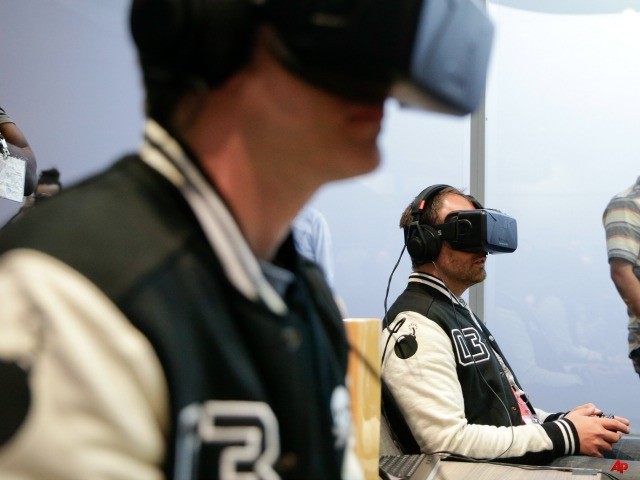

































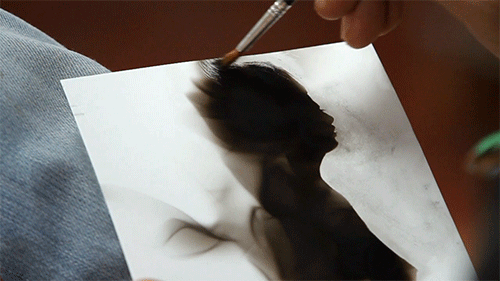
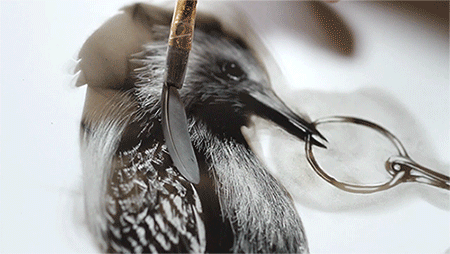












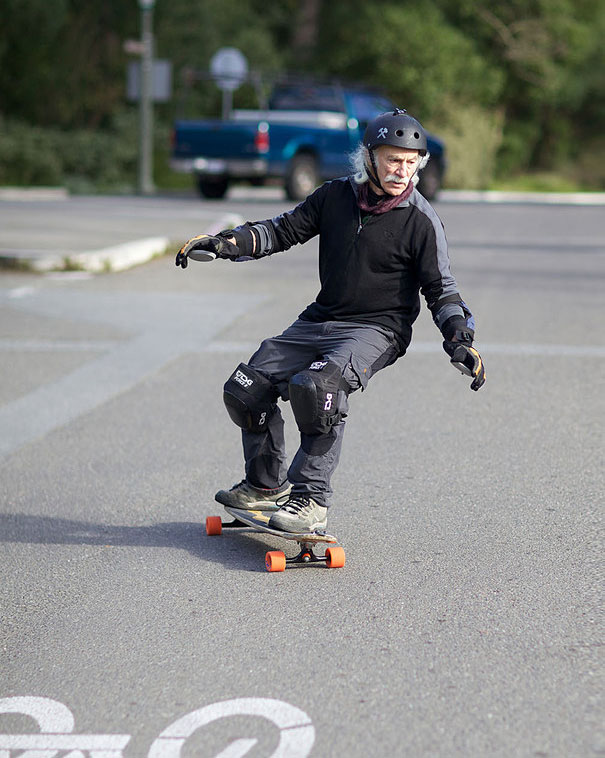



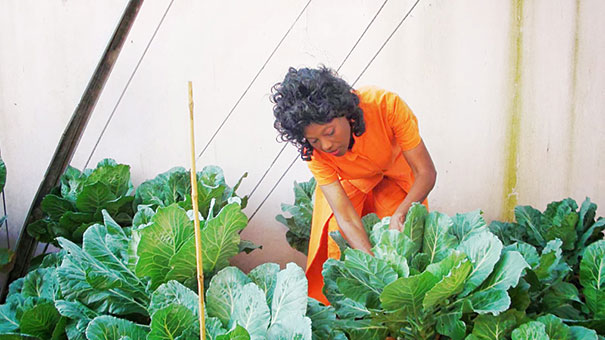
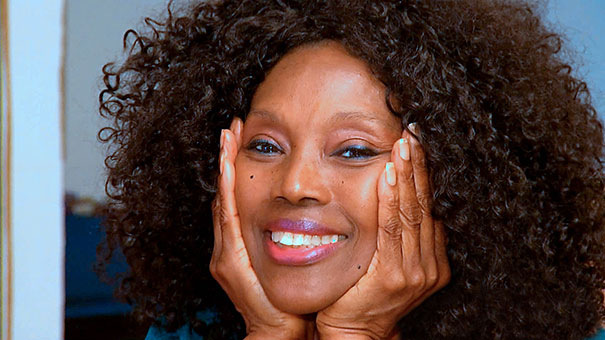







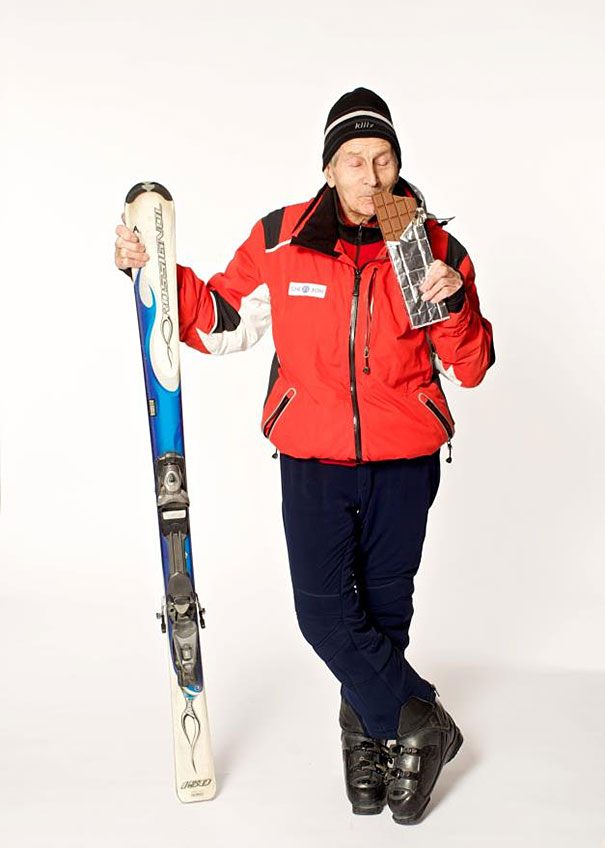
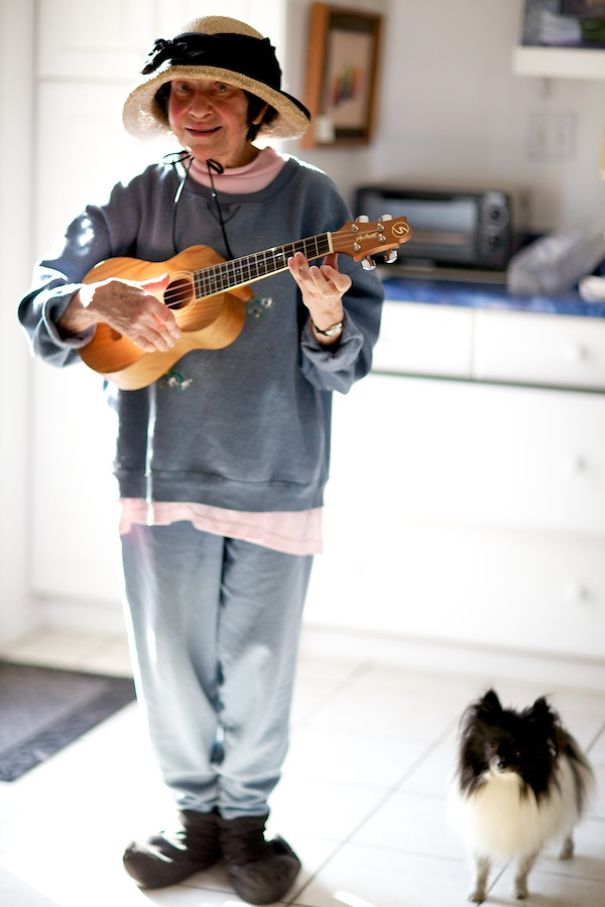



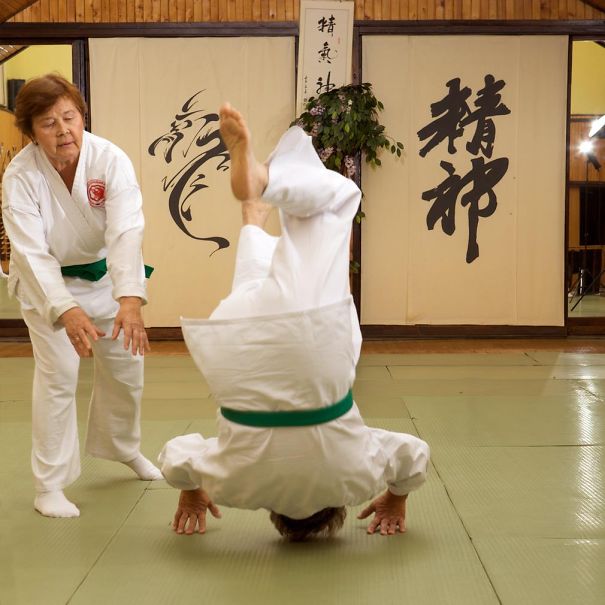






 – Leaves change angles so they don’t take on too much sunlight.
– Leaves change angles so they don’t take on too much sunlight. … it is The Gardening bible.
… it is The Gardening bible.











